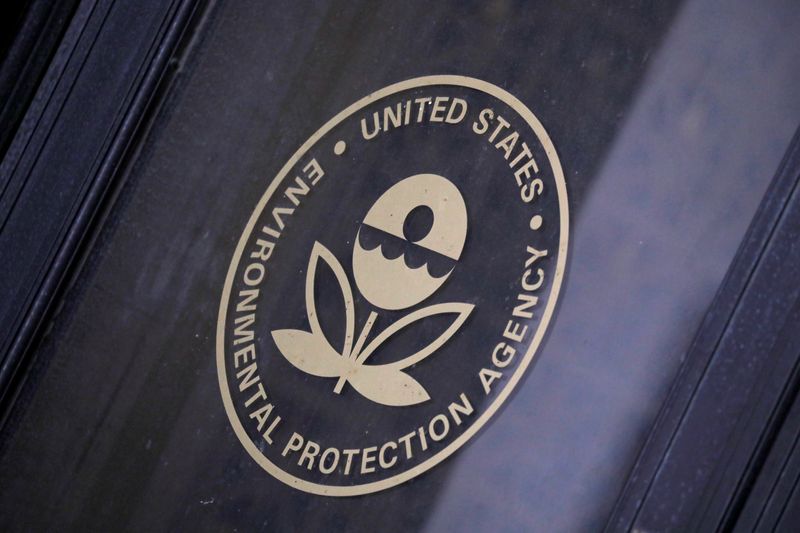This post was originally published on this site
(Reuters) – The U.S. Environmental Protection Agency has designated two of the most commonly used “forever chemicals” as hazardous substances under the federal Superfund law, in a bid to clean up properties across the United States that are contaminated with the toxic compounds.
The highly anticipated rule will affect companies that use, dispose of or store two specific per- and polyfluoroalkyl, or PFAS, compounds.
Here is what you need to know.
WHAT DOES THE RULE DO?
The EPA’s rule issued on Friday under the Comprehensive Environmental Response Compensation and Liability Act (CERCLA) requires companies and others to report leaks and help pay to clean up two PFAS known as PFOA and PFOS.
PFAS have been used to make thousands of commercial and consumer products including semiconductors, firefighting foams and stain resistant fabrics. They are known as forever chemicals because they do not easily break down in the environment or in the human body, and they have been linked to cancers and other health concerns.
The chemical industry says PFOA and PFOS have not been produced in the United States in nearly a decade, but environmental groups say they continue to be used in imported products and created as industrial byproducts. The Superfund designations do not ban their use.
CERCLA, also known as the U.S. Superfund law, establishes liability for current and past owners of contaminated properties as well as parties that generated or transported hazardous waste.
The law also allows anyone who takes charge of a cleanup effort to sue others for alleged liability.
WILL FARMS AND HOMEOWNERS BE TARGETED?
EPA officials have said that the agency will prioritize enforcement against PFAS manufacturers.
Some farms may spread biosolids containing PFAS as fertilizer, but CERCLA generally exempts the “normal application” of fertilizer from liability.
While residential properties may also be contaminated with PFAS, legal experts say contamination levels are likely too low to spur regulatory action.
The EPA has identified at least 180 existing Superfund sites with PFAS contamination, many of which are military bases where firefighting foams containing the chemicals were sprayed or are landfills where PFAS waste may have been disposed.
HOW DOES THE RULE FIT WITH OTHER PFAS REGULATIONS?
The Superfund designation for PFOA and PFOS is one of the most aggressive EPA regulations of PFAS to date, and officials have signaled plans to continue stepping up enforcement.
The new designations follow the EPA’s move on April 10 to set strict limits for the amount of certain PFAS that can be present in drinking water.
The agency previously bolstered requirements that manufacturing facilities report their use and disposal of PFAS and issued a rule preventing companies from using PFAS in new manufacturing processes without EPA approval.
ARE LEGAL CHALLENGES TO THE SUPERFUND DESIGNATION LIKELY?
Legal experts say court challenges seeking to block the rule are likely to be filed by chemical industry groups, American business organizations and possibly public water systems.
Opponents may argue the rule was crafted without adequately considering its costs in violation of administrative law and the EPA’s authority under CERCLA.
The American Chemistry Council, the U.S. Chamber of Commerce and the National Association of Manufacturers all expressed concern with a draft of the rule. The organizations said the designations were too broad, relied on a flawed scientific analysis and could sweep virtually every manufacturing sector into costly litigation.
Trade organizations representing public water systems also said the rule did not fully consider costs and said the designations could force them to pay for pollution they had no hand in causing.
HOW ARE THE RULES ENFORCED?

CERCLA authorizes the U.S. and state governments to begin treating contaminated sites and to later recover costs from responsible parties. Governments can also reach remediation agreements with site owners that require them to spearhead the cleanup.
CERCLA cleanup liabilities generally cannot be discharged in bankruptcy, and parties can be held liable even if they are not deemed negligent.



